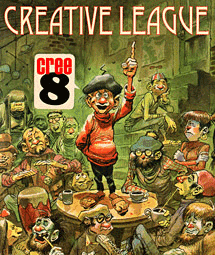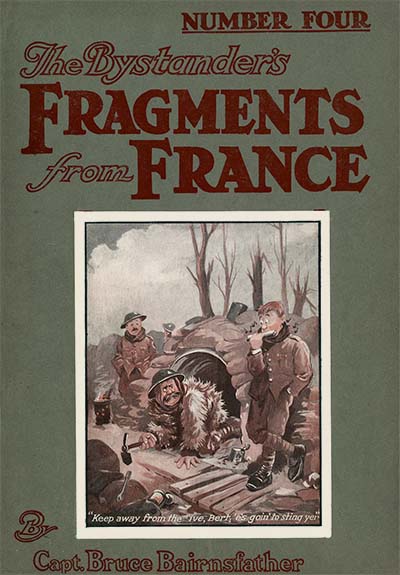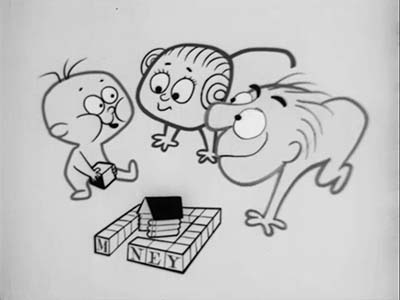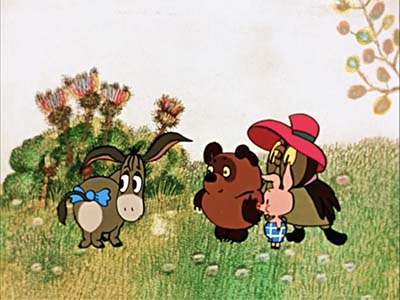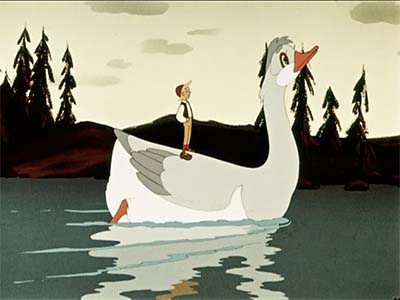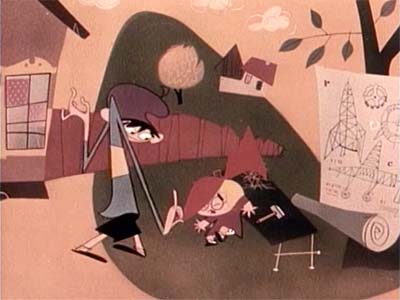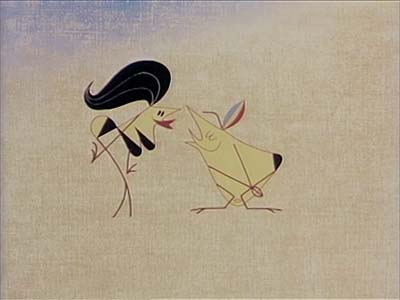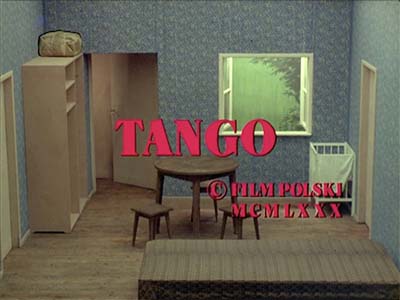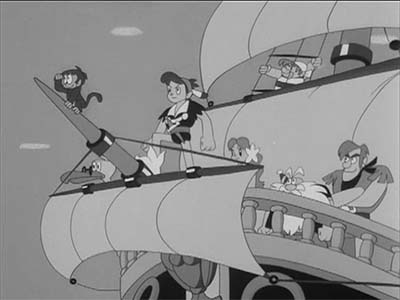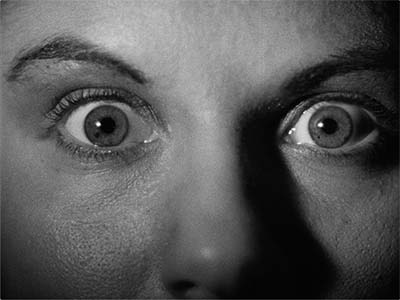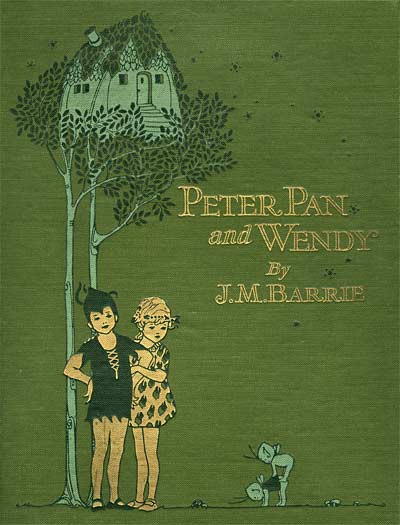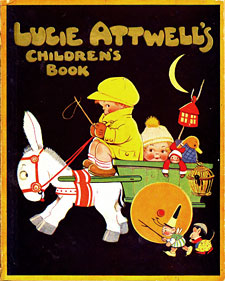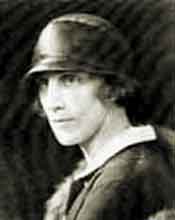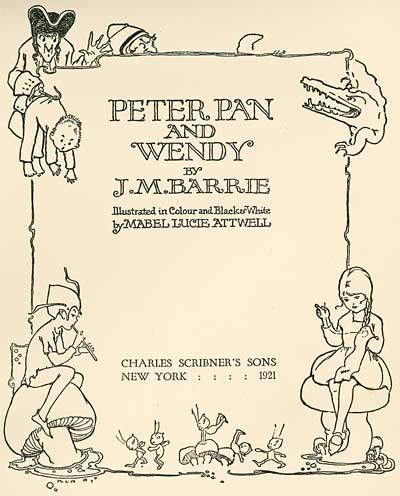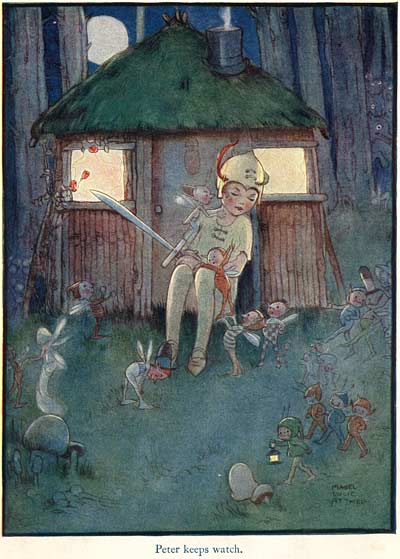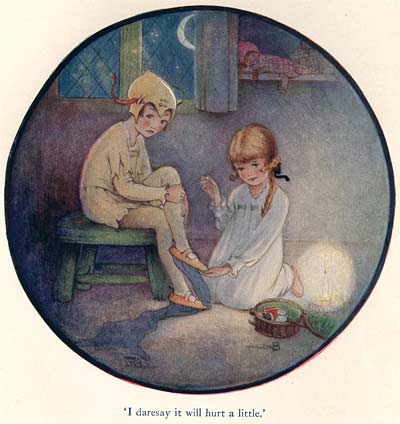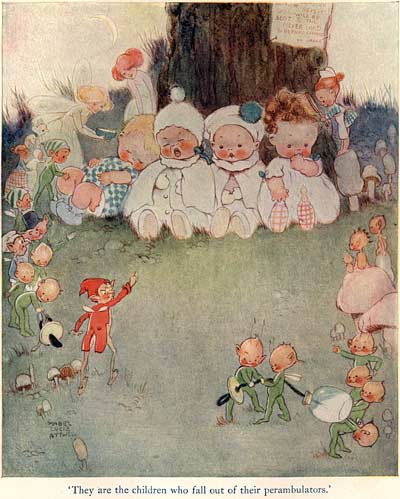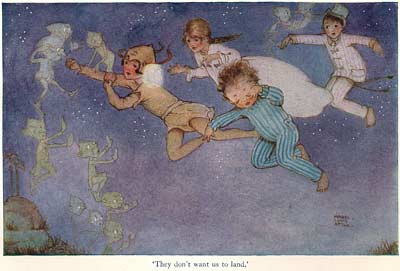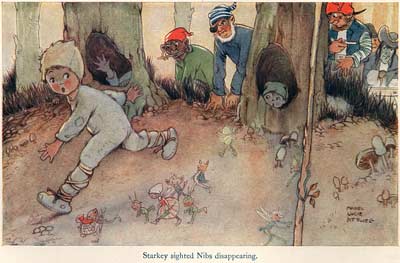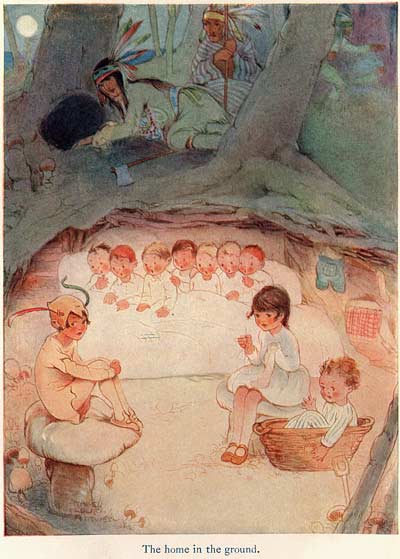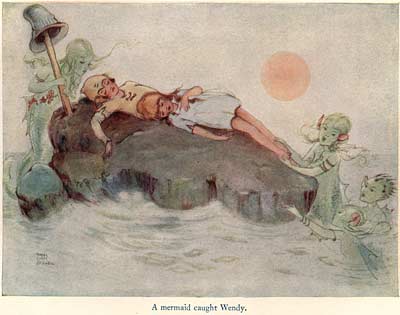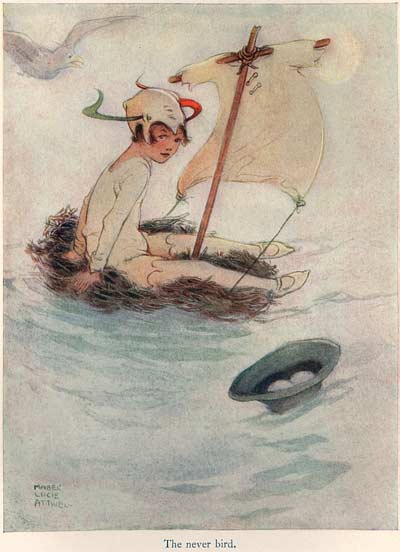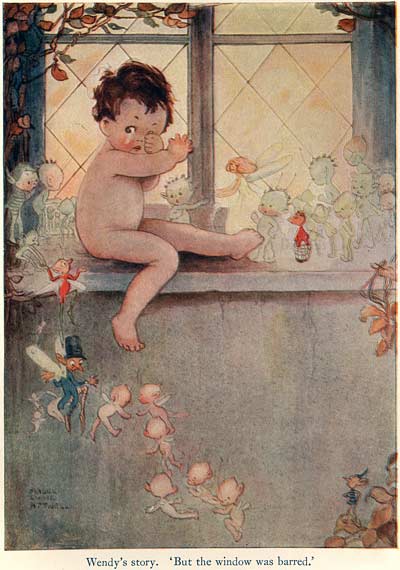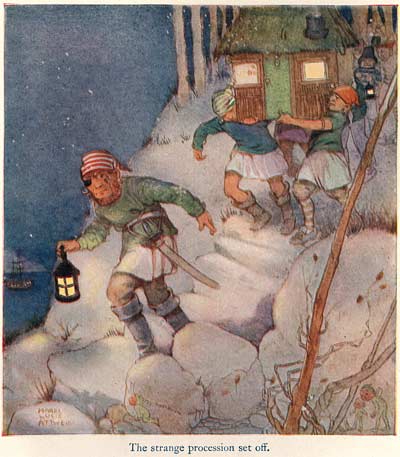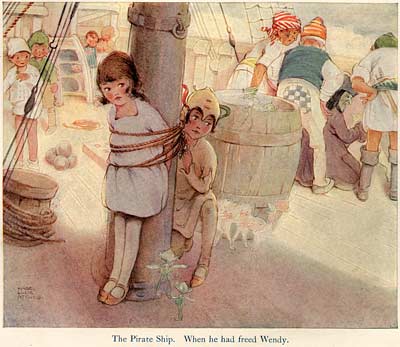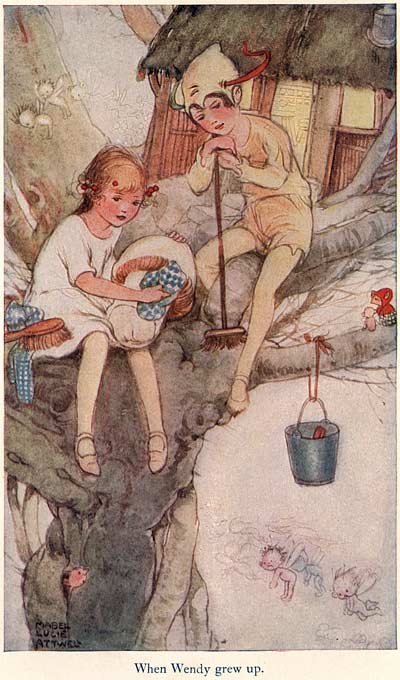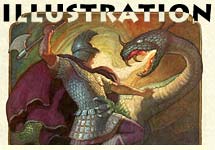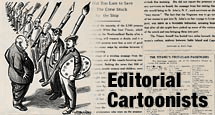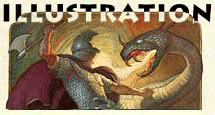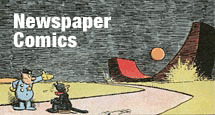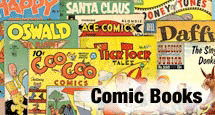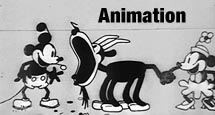YOU MISSED IT!
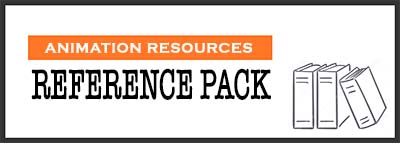
Every other month, Animation Resources shares a new Reference Pack with its members. They consist of e-books packed with high resolution scans video downloads of rare animated films set up for still frame study, as well as podcasts and documentaries— all designed to help you become a better artist. Make sure you download this Reference Pack before it’s updated. When it’s gone, it’s gone!
JOIN TODAY To Access Members Only Content
The latest Animation Resources Reference Pack has been uploaded to the server. Here’s a quick overview of what you’ll find when you log in to the members only page…
At the Western Front, Bruce Bairnsfather began drawing cartoons based on the life of soldiers in France. He sent some to The Bystander magazine and the editors began to publish them under the title “Fragments From France”. The casual tone of these cartoons and the tendency towards gallows humor initially drew criticism from government leaders. They thought that Bairnsfather’s work was vulgar and demeaned the British army, but the soldiers themselves embraced the series, recognizing its honesty and humor.
Animation Resources has shared many commercial reels with its members in the past, but these two are among the best. The first one includes spots from New York studios, including UPA New York, and it features animation by Grim Natwick and Tissa David. The second reel is a particularly good one. It’s from John Hubley’s studio, Storyboard Productions. The credits at the beginning are a virtual who’s who of animation… Art Babbitt, Emery Hawkins, Bill Littlejohn and Rod Scribner. And like many of Hubley’s other productions, it includes top name artists from the world of jazz… Duke Ellington, Benny Carter, Tal Farlow, Shelly Manne, Red Norvo, and Shorty Rogers.
JOIN TODAY To Access Members Only Content
In our International section, we share the last installment of Fyodor Khitruk’s adaptation of Winnie The Pooh. This series was produced at roughly the same time as the Disney films, but they couldn’t be more different. On a trip to California, Khitruk paid a visit to the Disney Studios where he met Woolie Reitherman, the director who had won an Oscar for Disney’s version of “Winnie The Pooh”. Reitherman admitted to Khitruk that he liked Khitruk’s films better than his own.
In the years immediately following the end of WWII, Russian animation progressed rapidly. By the mid 1950s, the quality level had caught up with the peak standards in the West. One of the most successful films produced by Soyuzmultfilm during this period was “The Enchanted Boy”. This featurette is rarely seen in the West and has never been translated into English.
We’re happy to introduce films from the acclaimed Zagreb Films studio to our Reference Packs. In the early 1950s, an American film called The Four Poster was screened in Yugoslavia (now known as Croatia). It wasn’t a particularly successful film, but it included animated sequences by John Hubley at UPA. Animator Dusan Vukotik had read an article on UPA in Graphis magazine, and along with Vatroslav Mimica, he decided to create animated films in that style. One of the earliest of the Zagreb films was “Cow On The Moon”.
A few years later, Vukotik took the animation style of “Cow On The Moon” several steps further in a film called “Surogat” (aka: “Ersatz”, “The Substitute”). “Surogat” was a sensation worldwide, winning at film festivals in Bergamo Italy, Belgrade Yugoslavia and San Francisco, among many others. In 1962, it won an Oscar for Best Animated Short Film, the first film produced outside of the United States to be awarded that honor.
Now we shift from Croatia to Poland. Poland was the birthplace of puppet animation before World War I with the films of Wladyslaw Starewicz. But little of that tradition remained after the devastation of World War II. In the late 1940s, Poland built back its culture of animation from scratch, and by the mid-1950s Polish puppet animation had achieved a high level of quality. “Circus” by Wlodzimierz Haupe was one of the first Polish puppet films from this era to receive worldwide acclaim.
When we think about animation techniques, we think of hand drawn animation, computer generated imagery, and puppet animation, but all of these are basically the same thing— animation. What is the element that defines what animation is? What do all these techniques share? Artists who think outside the box, like Zbigniew Rybczynski are the ones who shine a light on the magical element that makes animation animation… time.
JOIN TODAY To Access Members Only Content
Animation Resources’ Board Member, JoJo Baptista shares two episodes from a particularly rare Japanese TV series from the 1960s. Kaizoku Ouji, or Pirate Prince, was a comedy adventure series created by Shotaro Ishinomori (Cyborg 009, Sabu and Ichi Detective Stories) and produced by Toei Animation. It ran from May 2nd, 1966 to November 28th, 1966.
Normally, this section is devoted to comedy… after all, the title of this topic is “slapstick”. However, this time I’m going to expand the definition of what this category covers beyond comedy to visual storytelling. Live action silent films in our modern age are a very rare thing. Audiences have been conditioned to expect exposition conveyed through dialogue. Silent psycho-dramas are almost non-existent. In order to find psychosis expressed purely visually, you have to go all the way back to The Lodger or The Cabinet of Dr. Caligari. Today I’m going to introduce you to a psycho-drama you’ve probably never heard of, let alone seen.
Animation Resources Board Member, David Eisman analyzes another batch of breakdown clips, this time focusing on Motion Frames. The traditional inbetween is one that bridges the gap between extremes without any additional features. Motion Frames are inbetweens meant to efficiently craft the illusion of speed and momentum using distortion and the addition of new elements. Whereas an animator may need many traditional inbetweens and a high frame rate to create the illusion of speed, they may only need one or two Motion Frames to achieve the same effect. There are arguably three distinct categories of Motion Frames: dry-brush blurs, multiples, and smears.
We have a new podcast this time too… Lenord Robinson has worked in the animation industry for over 40 years. An animator, storyboard artist, character designer, producer, and director, Lenord has helped bring many of your favorite properties to life— The Black Cauldron, Fox and the Hound, Muppet Babies, Tiny Toons, Animaniacs, and Bob’s Burgers, to name a few. He has lived through many technological changes in the animation industry, changes that left many veteran artists by the wayside, such as the transition from paper to Cintiqs, as well as the rise of CG animation and the fall of theatrical hand drawn animation. You can hear all about Lenord’s work and career advice in this episode of Animated Discussions.
Our Podcasts section always contains the five most recent entries in our Animated Discussions series hosted by Davey Jarrell, with the balance of the episodes archived on the Annual Member Bonus Archive page.
JOIN TODAY To Access Members Only Content
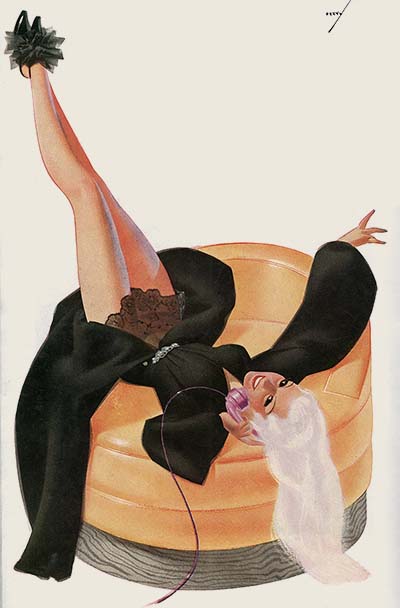
The Annual Member Bonus Archive features an e-book on the leading “gentleman’s magazine” of its day, Esquire. In 1937, the staff of Esquire prepared a prototype copy of a proposed cartoon annual containing the best cartoons from the first few years of the magazine’s publication. However before the book could be printed, the project was cancelled and the prototype was put on the shelf. Twenty years later, they finally did publish a book honoring the great work of the Esquire art staff, but it was a much different selection of cartoons. Animation Resources was given access to the one-of-a-kind prototype of the 1937 book, and we will be sharing it with our members in this, the first of two e-books. We hope you find it to be useful.

“The Mascot” (1933) is a technical marvel, with sophisticated puppet armatures, a wide variety of techniques, and fantastic subject matter. Starevich simulated motion blur in this film by smearing vaseline on a glass plate between the camera and the puppet. He also broke new ground by rigging the puppets so they could move slightly while the shot was being exposed. This technique predated Jim Danforth’s “Go Motion” in the Star Wars films by almost 50 years!
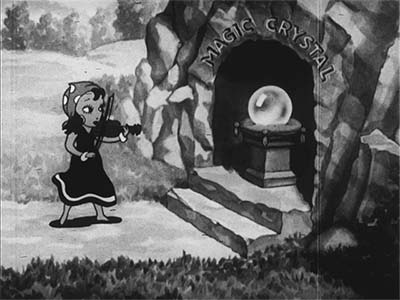
In the home video era, the Fleischer Screen Songs cartoons are missing in action. Only a tiny handful have been released. Animation Resources would like to thank our Advisory Board Member, Steve Stanchfield for sharing these rare films with us.
JOIN TODAY To Access Members Only Content
Whew! That is an amazing collection of treasures! At Animation Resources, our Advisory Board includes great artists and animators like Ralph Bakshi, Will Finn, J.J. Sedelmaier and Sherm Cohen. They’ve let us know the things that they use in their own self study so we can share them with you. That’s experience you just can’t find anywhere else. The most important information isn’t what you already know… It’s the information you should know about, but don’t know yet. We bring that to you every other month.
Haven’t Joined Yet?
Check out this SAMPLE REFERENCE PACK! It will give you a taste of what Animation Resources members get to download every other month!
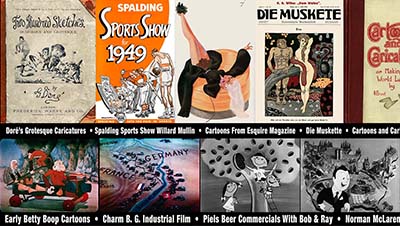
CLICK TO DOWNLOAD A Sample RefPack!
Animation Resources is a 501(c)(3) non-profit arts organization dedicated to providing self study material to the worldwide animation community. If you are a creative person working in animation, cartooning or illustration, you owe it to yourself to be a member of Animation Resources.
JOIN TODAY To Access Members Only Content

Animation Resources is asking our membership to consider donating to help us establish a video podcasting studio to be able to present seminars, interviews and informal updates live streamed on YouTube and Facebook. Our goal is for 25 of our members and supporters to donate $100. If you donate $100, we will provide you with a coupon code for a free membership to give as a gift to a friend or peer, or we can credit your donation to sponsor two students for a one year student membership.
By helping others, you help yourself.
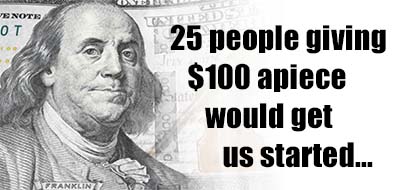
Please consider donating using the PayPal Donate Button below. For more information on our Video Podcasting Fundraiser, see the article Animation Resources Needs Your Help.
![]()
![]() Animation Resources depends on your contributions to support its projects. Even if you can’t afford to donate $100 or join our group right now, please click the button below to donate whatever you can afford using PayPal. Every little bit helps.
Animation Resources depends on your contributions to support its projects. Even if you can’t afford to donate $100 or join our group right now, please click the button below to donate whatever you can afford using PayPal. Every little bit helps.

Or you can donate on Facebook, here…
FACEBOOK LIVESTREAM FUNDRAISER
After you have donated, drop us an email at sworth@animationresources.org and let us know if you would like a discount code for a free membership, or if you would like us to sponsor students with your donation.
Raising the bar with our live streaming initiative will make things better for the whole art form. Don’t stay on the sidelines. Be a part of Animation Resources and join our team to build the foundation for the future of animation.





